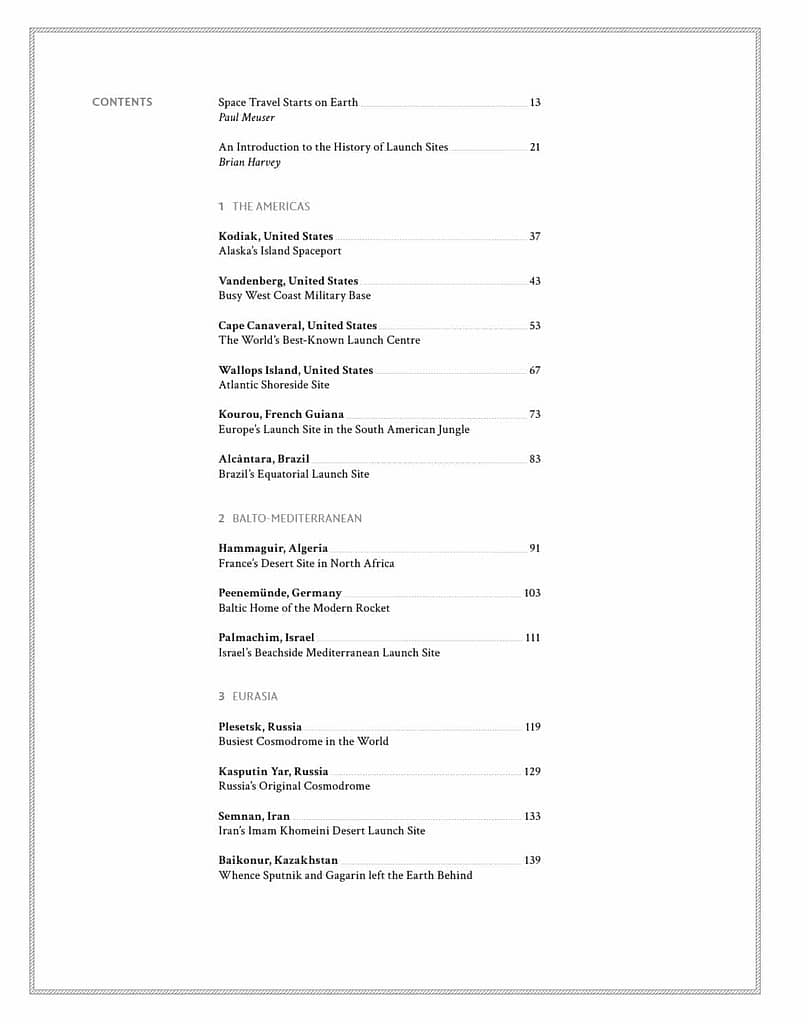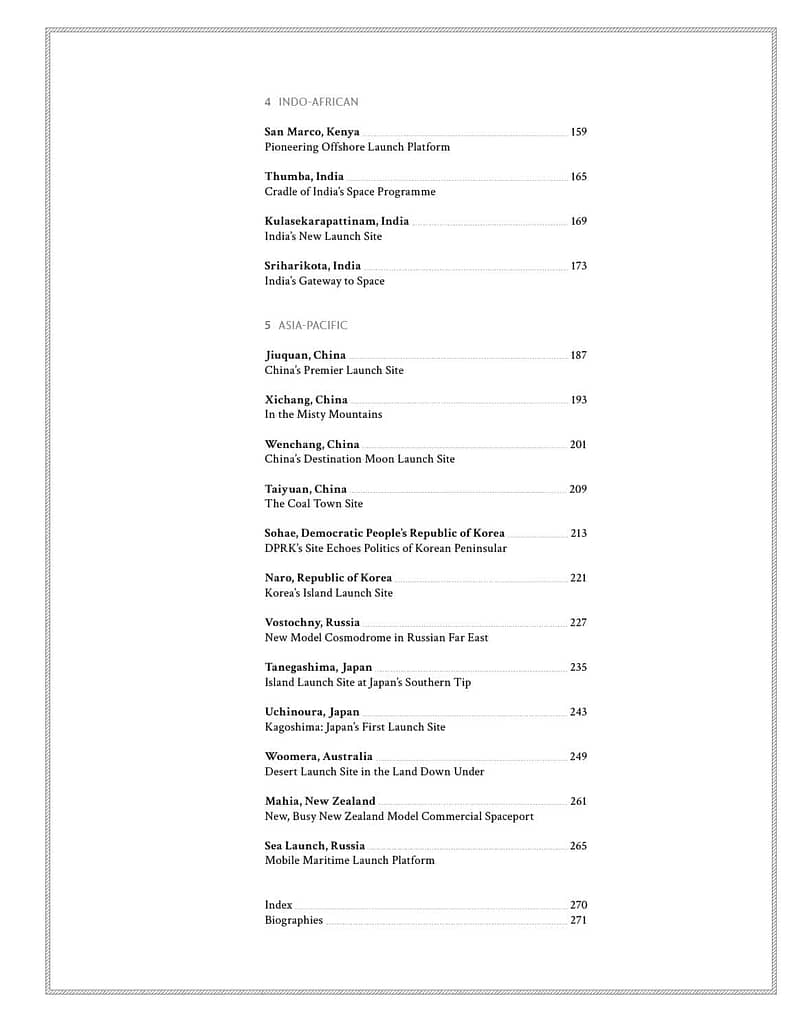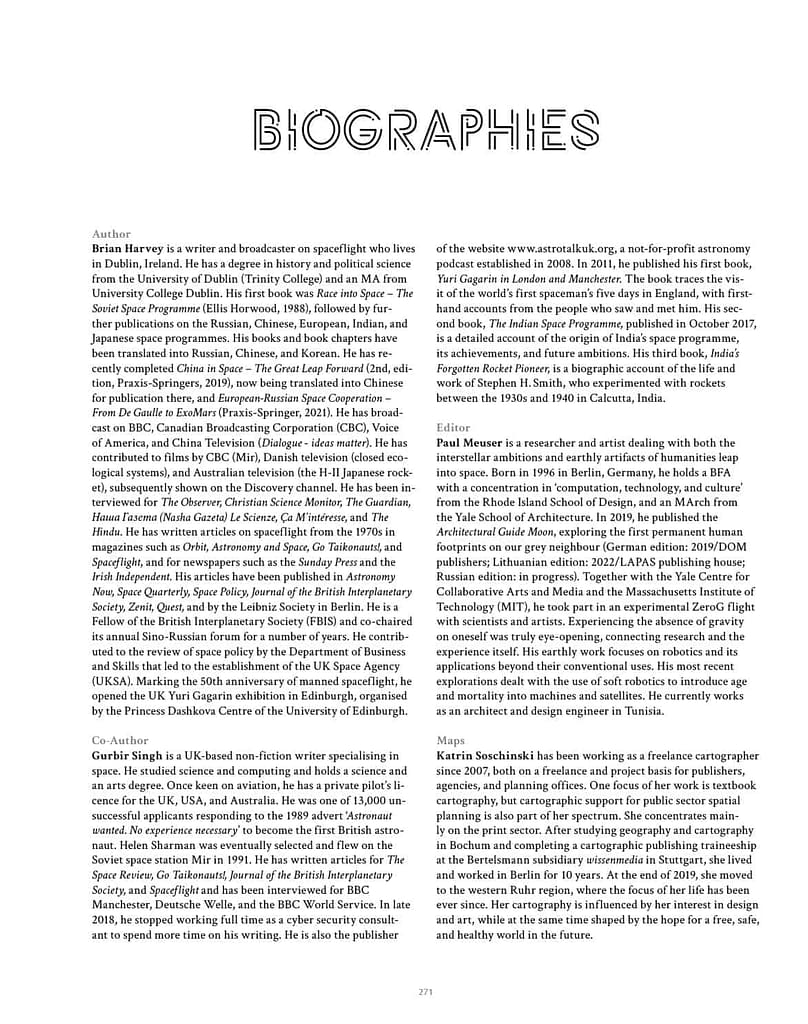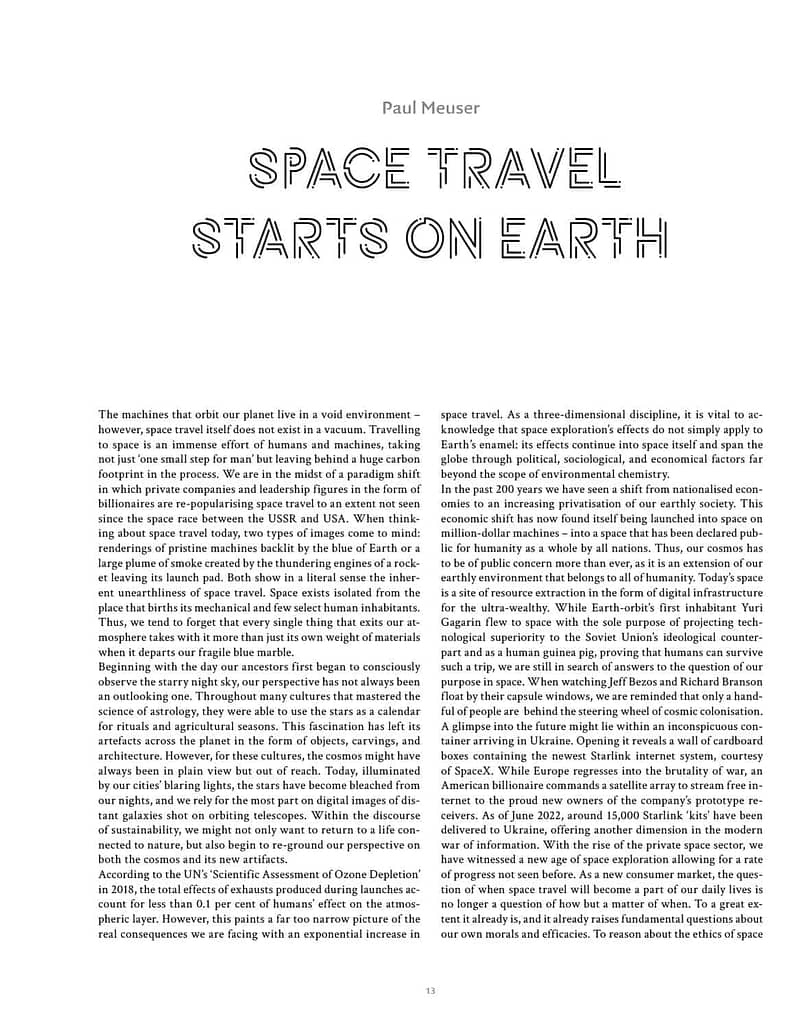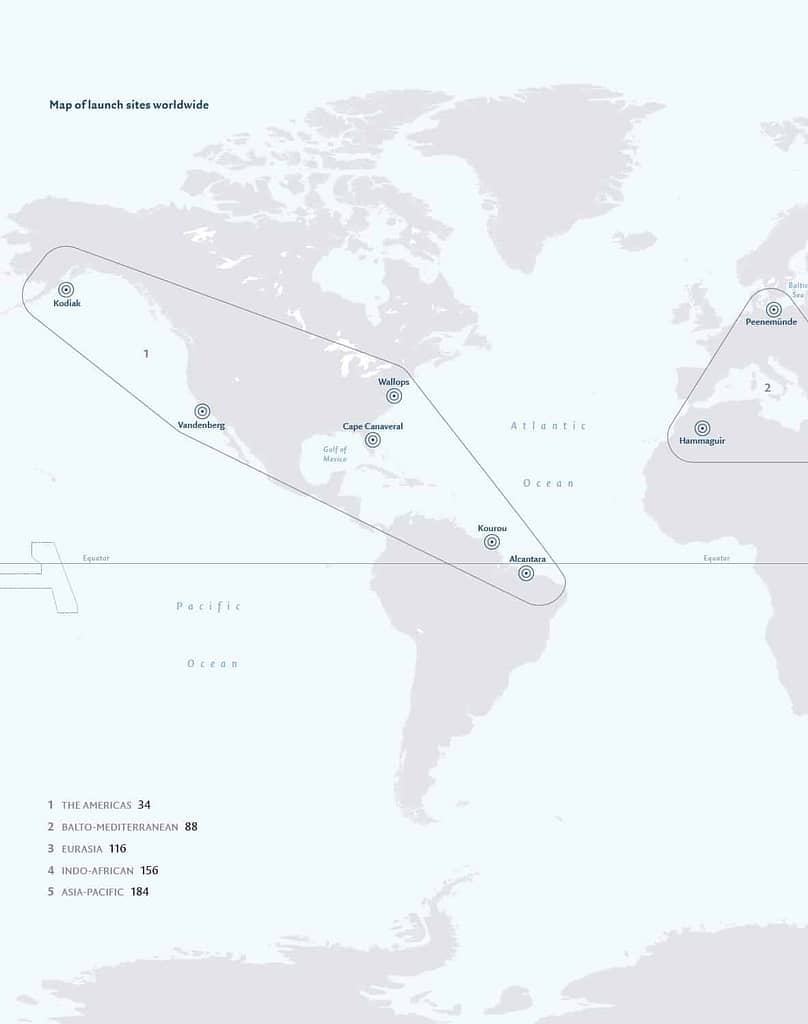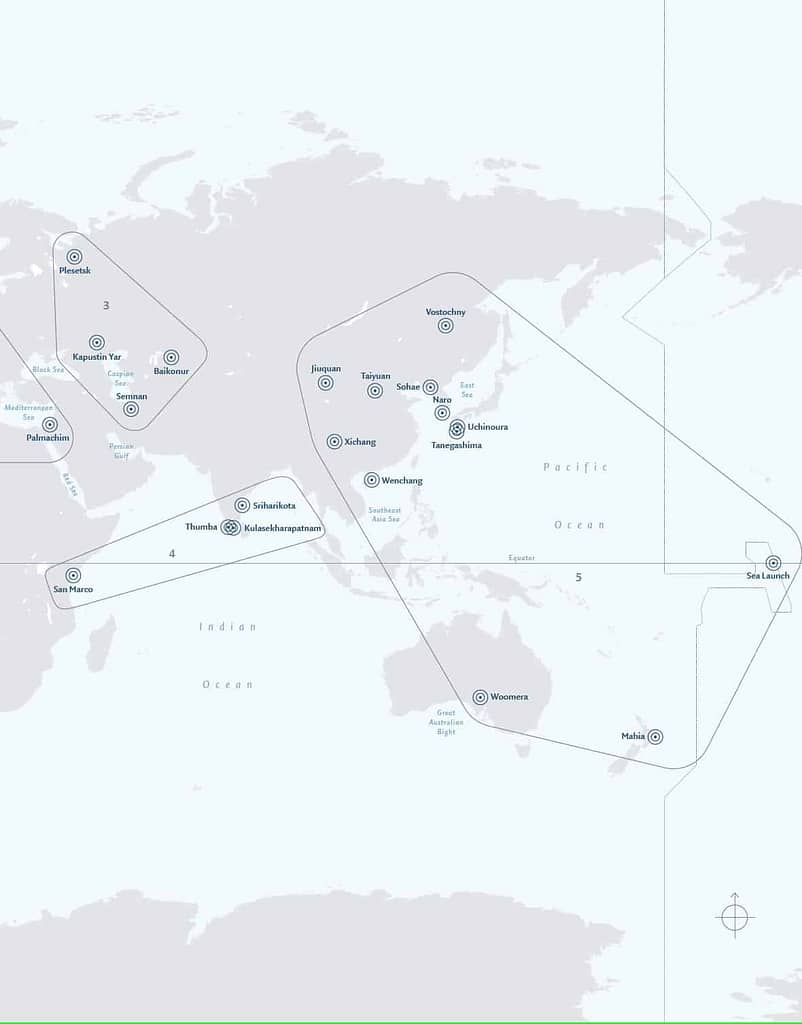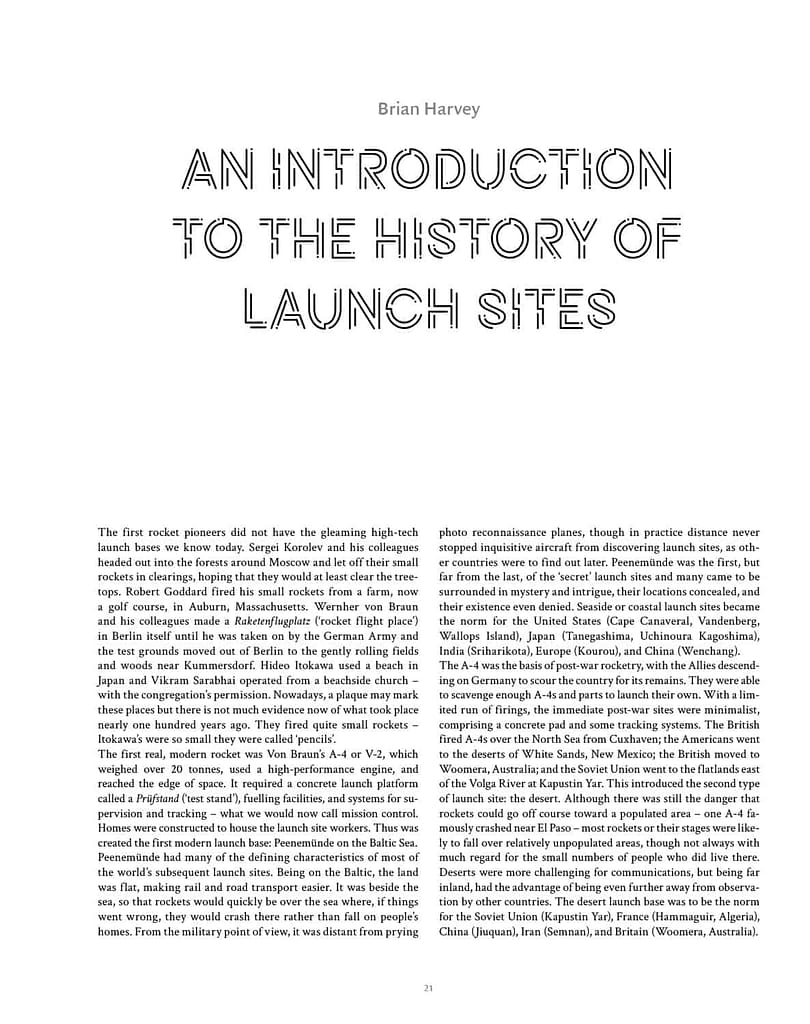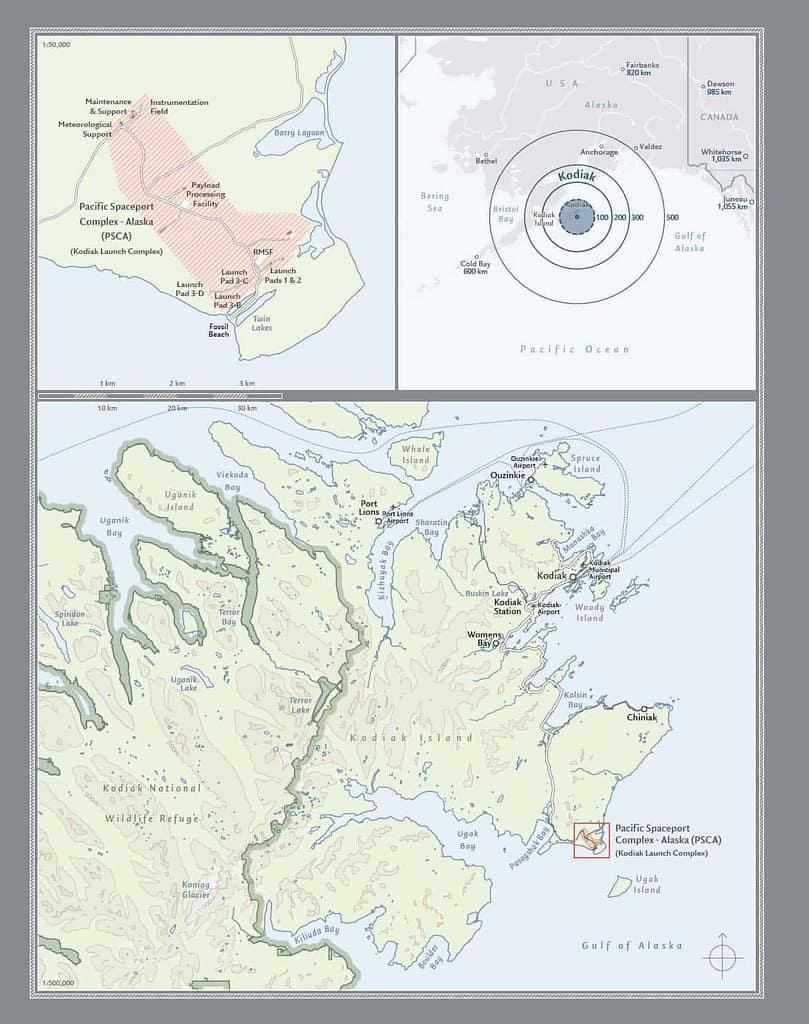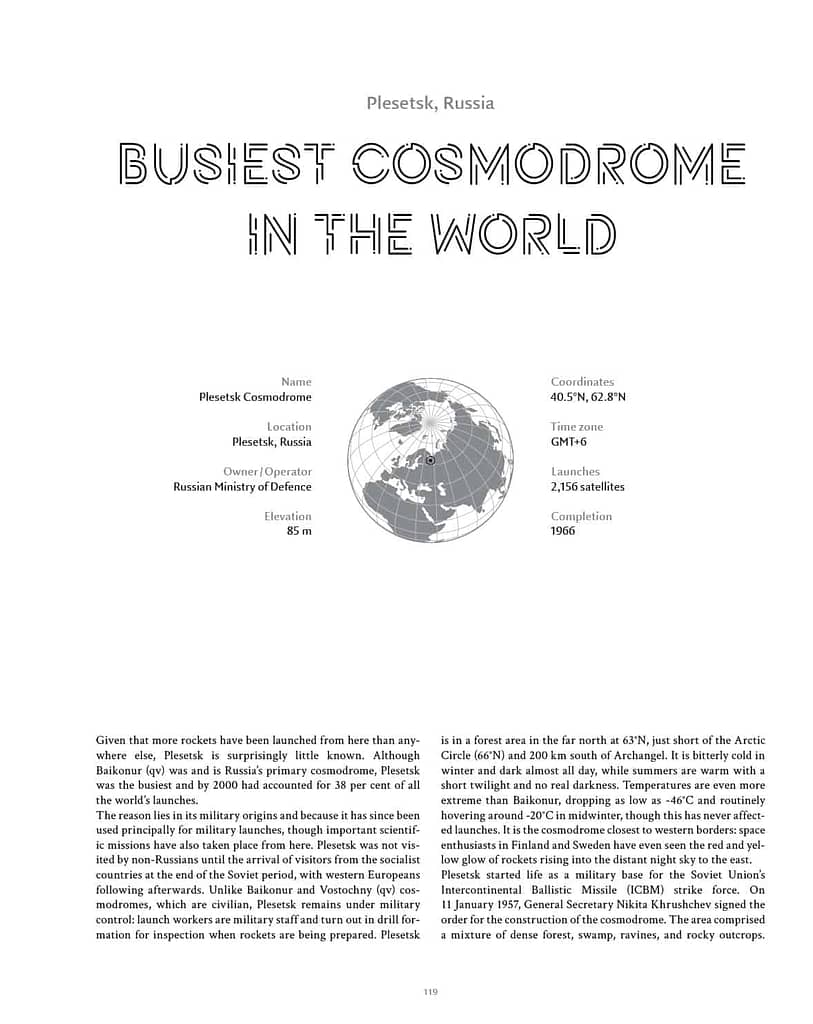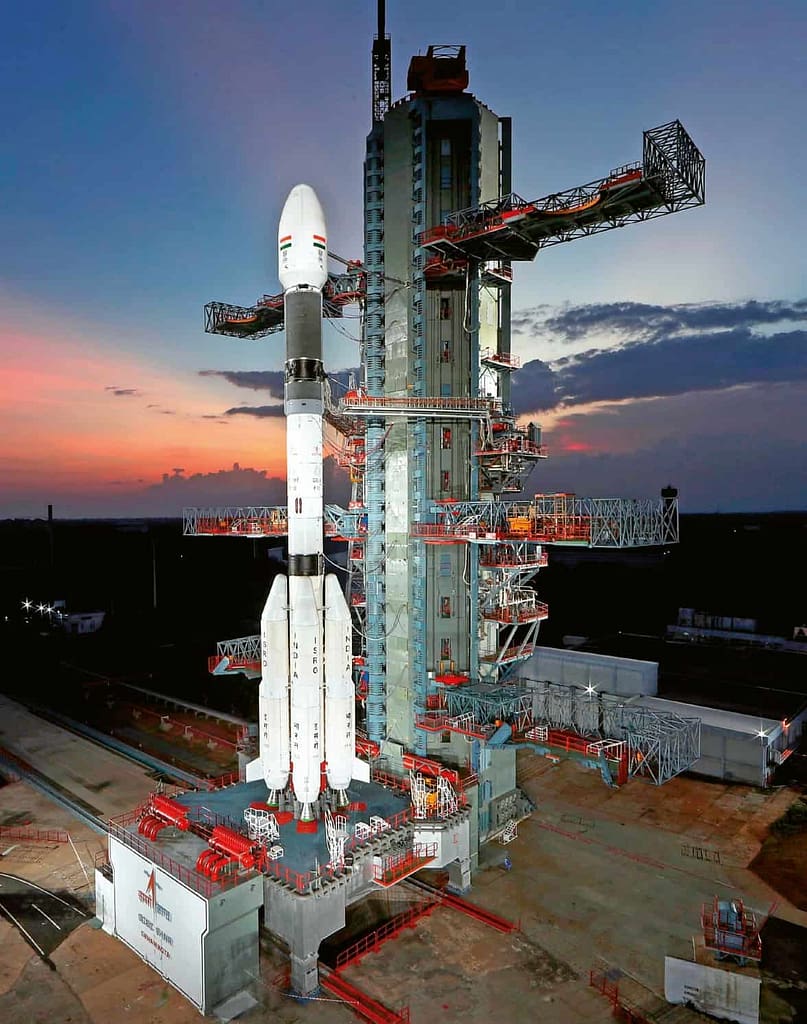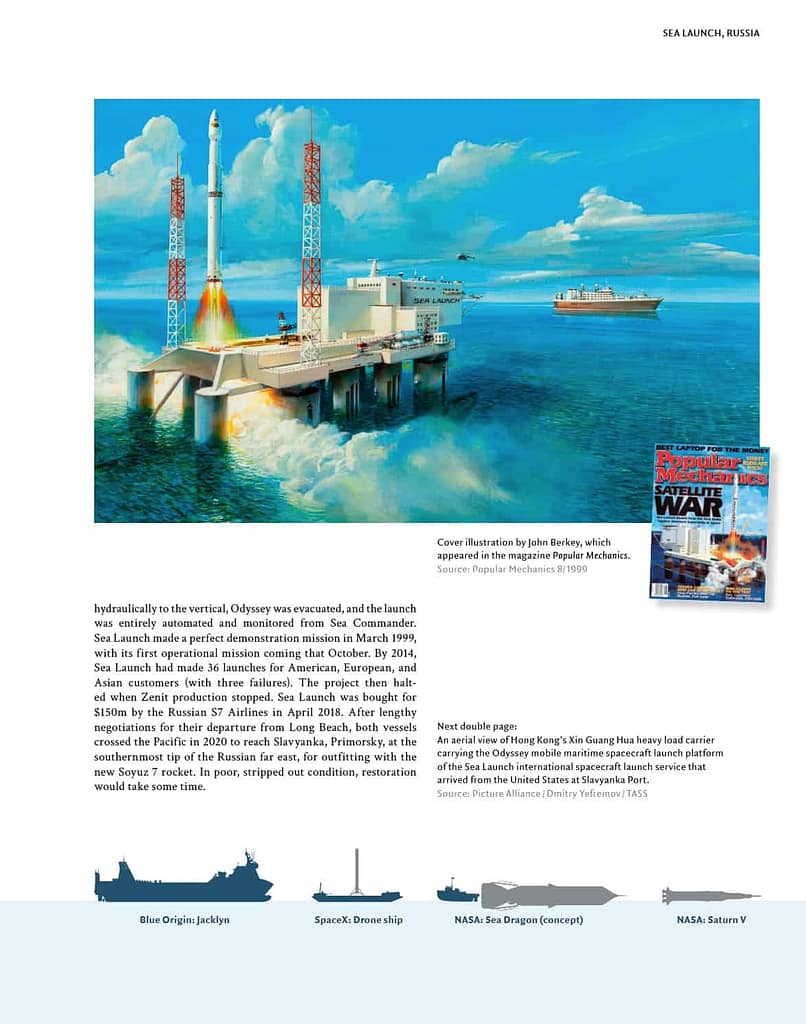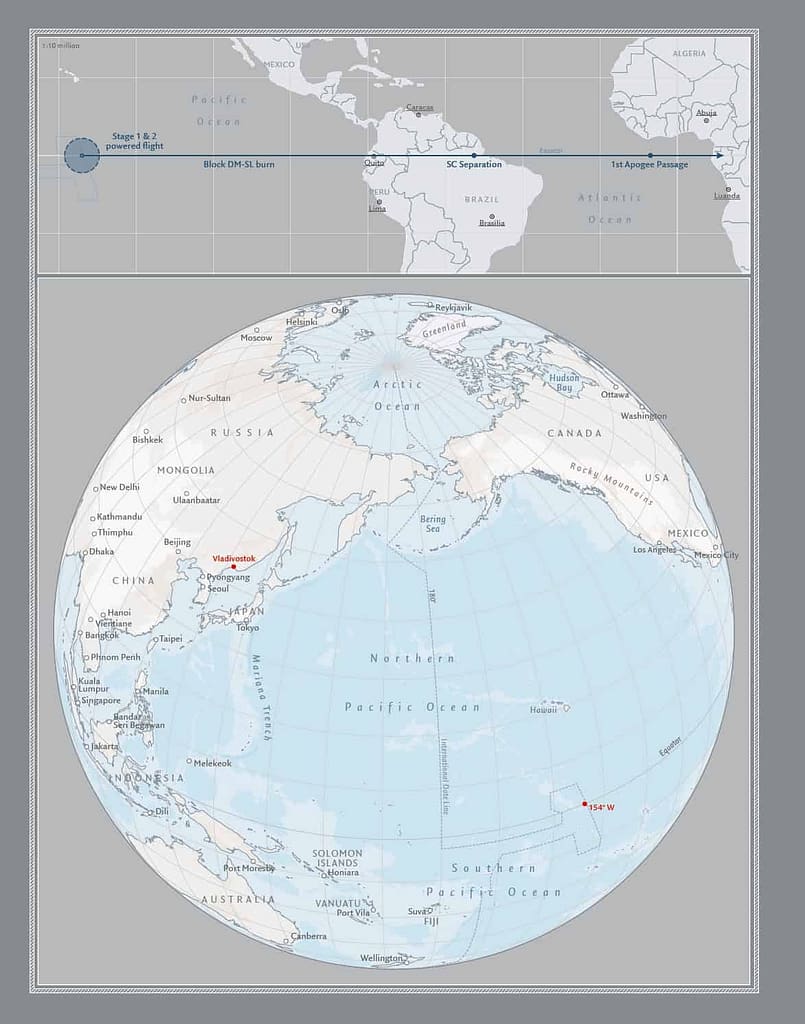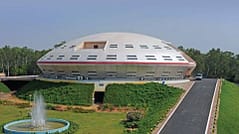
First published in the Autumn 2023 edition of Room. Space Journal of Asgardia.
Updated 23rd September 2023 – Astrotalkuk.org Read full text online below or download pdf here.
During India’s Prime Minister Modi’s 4-day visit to the USA from 20th to 24th June 2023, India signed the Artemis Accords. Why did India do that, what was in it for the USA and why did it happen then?
The Artemis Accords is a non-binding bilateral agreement (thus not international law) between the USA (NASA and the USA State Department) and each nation that signs up. It specifies 10 principles, ostensibly consistent with the United Nation’s 1967 Outer Space Treaty (OST), for international cooperation in the civil exploration of the Moon, Mars, Comets and Asteroids. It was announced on 13th October 2020 during the 71st International Astronautical Congress in Dubai. The initial number of 10 countries (Australia, Canada, Italy, Japan, Luxembourg, the United Arab Emirates, the United Kingdom and the United States) has gradually grown since. On 22nd June 2023, India made it to 27 countries. Since then Argentina and Germany have signed bringing the total to 29.
Why did India sign when it did? The technologies for commercial exploitation of resources on the Moon and other celestial bodies is now sufficiently mature that every nation that can is rushing headlong to get their stake in the ground. The Moon has a very large deposits of many commercially sought after materials substances for example Helium-3 and Lithium. The technology to mine, refine and transport back to Earth is not yet present. But when it arrives, those nations with a presence on the Moon will be ready.

The number of missions beyond Earth’s orbit, especially to the lunar surface is expected to dramatically increase in this decade. Out of the six lunar landings scheduled in 2023, so far Japan’s (Hakuto-R) failed in April, Russia’s Luna 25 was lost in August. India succeeded with its first soft landing with Chandrayaan-3 on 23rd August 2023. Another from Japan (SLIM), and two NASA commissioned, private sector missions (Nova-C IM-1 and Peregrine) could land before the end of 2023.
As more companies and countries gain a foothold on the Moon, they will benefit from an agreed set of common rules. That is where the Accords come in. The Accords require all countries that sign to abide by a number of principles when operating in space beyond the Earth. The 10 principles include:
1. Peaceful uses: cooperative activities are exclusively for peaceful purposes and in accordance with international law.
2. Transparency: commit to broad dissemination of information regarding their national policies and exploration plans. Agree to share scientific information with the public on a good-faith basis consistent with Article XI of the OST.
3. Interoperability: agree to develop infrastructure to common standards for space hardware and operating procedures that include fuel storage, landing systems, communication, power and docking systems.
4. Emergency Assistance: commit to offering all reasonable efforts to render assistance and comply with the rescue and return agreement as outlined in the OST.
5. Registration of Objects: agree to register and publicly establish which space objects, (on the surface, in orbit or in space) are owned and operated by who.
6: Release of Scientific data: commit to openly sharing scientific data arising from space exploration missions. Not mandatory for private-sector operations.
7. Preserving Outer Space Heritage: undertake to ensure new activities help preserve and do not undermine space heritage sites of historical significance.
8. Space Resources: signatories affirm that extraction of resources does not inherently constitute national appropriation under Article II of the OST.
9. Deconfliction of Space Activities: undertake exploration with due consideration to the UN guidelines for the long-term sustainability of Outer Space Activities as adopted by United Nations Committee for Peaceful Uses of Outer Space (COPUOS) in 2019. Activities, where potential harmful interference could occur, should be restricted to pre-identified Safety Zones. The size, location and nature of operations in a Safety Zone should be notified to all signatories and the UN Secretary-General.
10 Orbital Debris: signatories agree to limit harmful debris in orbit through mission planning that includes selecting flight orbital profiles that minimise conjunction risk, minimising debris release during the operational phase, timely passivation and end-of-life disposal.
The current and next decade will see multiple nations arriving at the Moon, near-Earth asteroids and comets for space exploration and commercial exploitation. The accords define a set of guidelines, principles, and a set of common norms and behaviours that are mutually beneficial when operating missions far from Earth. But why not simply sign up for the United Nations Outer Space Treaty and the Moon Treaty? Whilst the Outer Space Treaty, established in 1967 has 113 signatories, The Moon Treaty (1979), only 18 parties have agreed to be bound by it. India is one of those 18 but has not yet ratified.
Why have so few nations signed up to the Moon Treaty? All to do with the legal status of extracting resources from the Moon. Article I of the OST describes outer space which includes the Moon and other celestial objects as being the “province of all mankind” and “is not subject to national appropriation”. Further, article II in the Moon Treaty explicitly forbids any part of the Moon from becoming the property of a nation, a private organisation or a person. Countries don’t sign up to the OST because they consider it will restrict their future potential commercial operations in space and especially on the lunar surface. The Artemis Accords, on the face of it, offer a workaround. All member nations affirm that extraction of resources “does not inherently constitute national appropriation under Article II of the OST.” In other words, you can extract and own the resources but have no claim of ownership of the place from which they came. How legally robust that is, only time will tell. The Artemis Accords (now with 29) already has more signatories than the Moon Treaty (with 18).
But there is another reason why nations may join the Artemis Accords. As the name suggests, The Artemis Accord signatories get to join the already International “Artemis Programme”. What that actually means will depend on the capability each nation can bring to the table. Even a small nation, new entrants like Romania and Rwanda with minimal capability will have access to and opportunities for cooperation. A key benefit of any club membership is access to other members of that club.
Why has India joined only now? Artemis Accords has a competitor. Less than a year after the Artemis Accords were announced, China and Russia established the International Lunar Research Station. The ILRS is a lunar base designed for conducting scientific research. It includes all the support facilities on the lunar surface, in lunar orbit and transport between Earth and the Moon. Two years on, only four nations have joined (Pakistan, the United Arab Emirates, South Africa and Venezuela) China and Russia.
India has always remained non-aligned. It has kept its options opened and lipped between USSR, Europe or the USA – wherever its interests were best served at the time. A lesson learnt during the international sanctions regime following India’s nuclear tests in 1974 and 1998. India’s first rocket launched into space in 1963 came from the USA. Its first satellite and first astronaut went to Earth orbit on USSR launch vehicles. India used the Space Shuttle to launch one of its communication satellites in 1983, collaborated with NASA on its first Moon mission in 2007 and is preparing to launch a joint ISRO/NASA Earth observation in 2023. ISRO has launched European satellites and engaged the European Ariane 5 to launch its heavy GEO satellites. Over the last 5 years, Russia has been assisting ISRO with its Gaganyaan (Human Spaceflight) programme.
Sanctions imposed on Russia following its invasion of Ukraine have severely diminished its ability to collaborate in space. Right now and in the foreseeable future, India sees more opportunities with the USA than with Russia.
The geopolitical and economic landscape of mid-2023 was just right for the USA to invite India and India to accept. It was in USA’s interest to get India onboard. It is a win-win situation. As a result, India will have access to technology and know-how for its upcoming high priority Human Spaceflight Programme, Gaganyaan. For the USA, India joining is a huge boost for the Accords which will motivate more countries to join the Accords rather than the ILRS. Setting the Accords on the road to becoming the de facto standard.
The principles of the Accords are said to be “grounded” in the OST and the Moon Agreement, but the Accords is not a United Nations product but has its origins in the USA State Department and NASA. If and when France and Italy sign-up, the Accords will become the default go-to framework for international collaboration in space. In the process, pretty much side-lined the ILRS. A geopolitical win for the USA.
Recognising the importance of India signing the accords, India extracted significant concessions that included space and non-space-related benefits. Although diplomatic ambiguity obscures any direct connection to the significant concessions.
Additional USA-India agreements announced at the same time include :
a NASA/ISRO joint mission to the ISS in 2024 (this tight timeline may not be met but more immediately this may ‘facilitate” NASA support for India’s Gaganyaan programme)
support India’s membership of the Mineral Security Partnership
establish a joint Indo-US mechanism between industry, government and academia for artificial intelligence, information science and quantum information.
A new public-private cooperation forum for the development of advanced communication using 5G and 6G.
A multimillion-dollar investment to establish a semiconductor ecosystem which will include semiconductor assembly and test facilities in India.
In addition to collaborative activities in space, and bilateral economic opportunities, perhaps the most significant concession was the 4 days state visit by India’s prime minister to the USA and the opportunity to address a joint meeting of the US Congress. A public endorsement from the president of the most powerful democracy to the prime minister of the largest one. Particularly useful for a prime minister looking to win a 3rd term in elections in India in 2024. In return, the USA, through India’s membership, boosted the future success of the Artemis Accords and the Artemis Programme.
However, the Artemis Accords are not legally binding. It is not a treaty or an agreement but a set of Accords. There is no compliance or enforcement mechanism. Despite it being a product with roots in one country, currently, it is the only framework that can offer practical value and tangible benefits to all nations with space missions beyond the Earth.
In the USA, the Wolf Amendment legally restricts how NASA can collaborate with Chinese Space missions. Whilst the Wolf Amendment does not legally prohibit China from signing the Accords, in practice that is the effective outcome. Over the last decade, China checked off some astonishing accomplishments in space. Highly successful human space programme, a space station in Earth orbit, a Lunar rover on the far side of the Moon and a soft landing of a rover on the surface of Mars. China sees the Artemis Accords as an instrument to sustain US dominance whilst undermining China’s space ambitions. All this whilst Russia’s space programme has experienced a significant decline resulting from the sanctions following its invasion of Ukraine. Russia may be associated with the heady days of Sputnik and Gagarin but now China has surpassed Russia and is second only to the USA. Whilst the Wolf Amendment remains, it is unlikely in the short term that China will join and thus prevent the Artemis Accords from being adopted as a near-global framework for responsible behaviours in space.
Just as in Star Trek, the Khitomer Accords of 2293 were followed by the Second Khitomer Accords in 2375. So as the Artemis Accords attain wider engagement, they will evolve over time too.
That the Artemis Accords is a product of one country, the USA is its major drawback. To succeed in its ambition to be a global “common set of principles to govern the exploration and use of space” the Artemis Accords require an internationally inclusive appeal. In a decade or two when the Artemis programme exists only in the rear-view mirror of space history, the Artemis Accords could finally become the global governance framework for all nations exploring and exploiting space beyond Earth orbit. The content could remain substantially unchanged but politically transformed with a new name and placed under the auspices of the United Nations.

